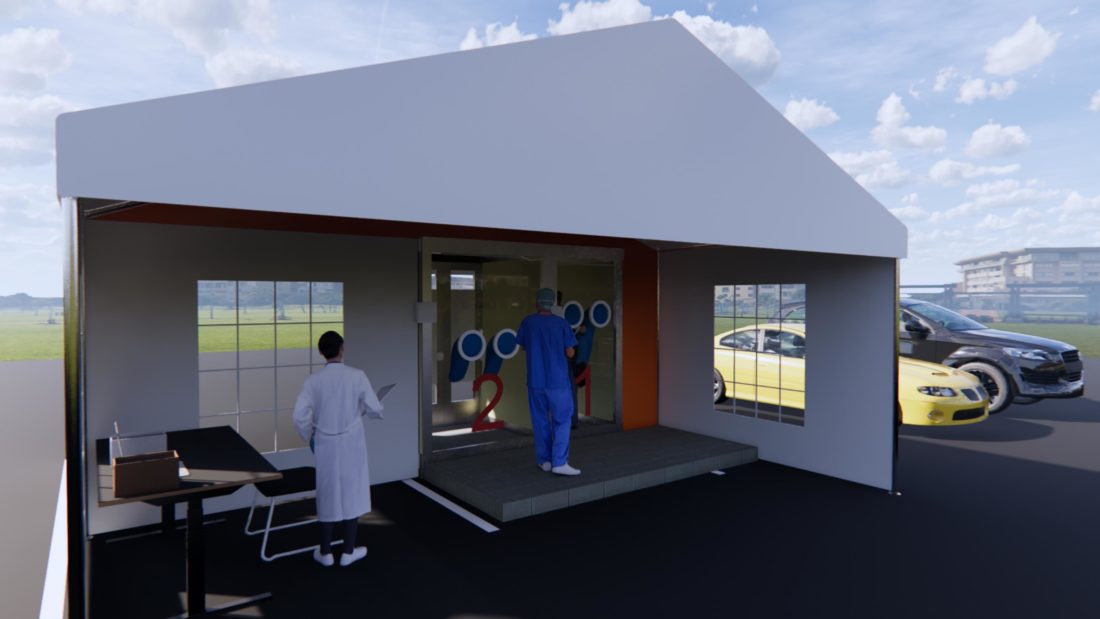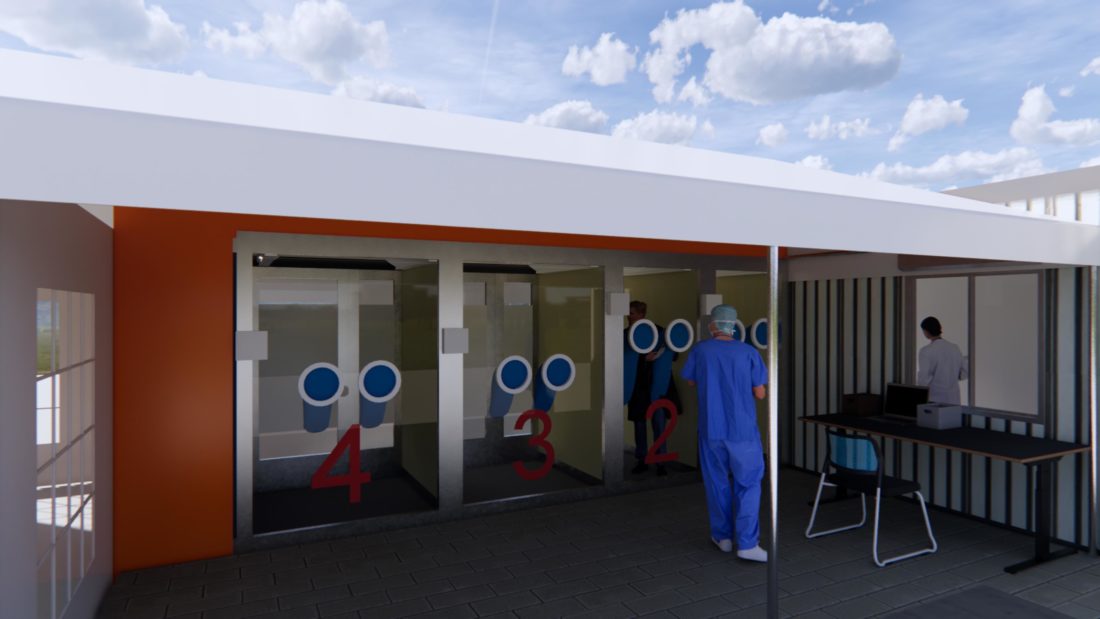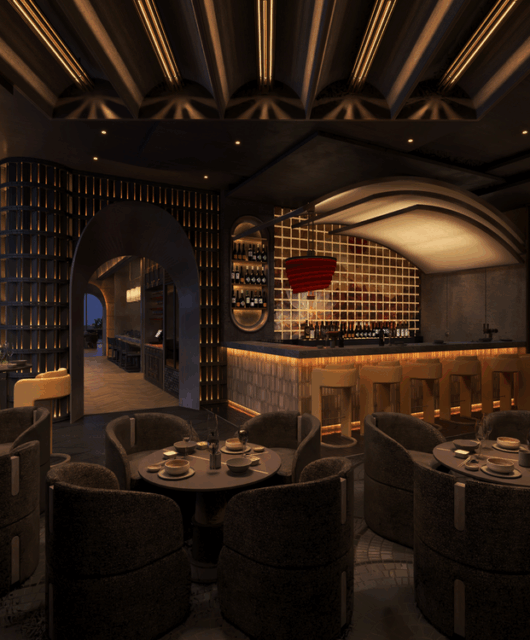
Keeping medical professionals healthy during the COVID-19 pandemic is essential in both slowing the rate of infection and meeting heightened staffing needs. Many governments and healthcare providers are finding this to be a difficult task due to the global shortage of personal protective equipment (PPE) supplies.
Preventing transmission during patient testing
Coronavirus testing operations are often the first physical point-of-contact between a healthcare provider and patient, bringing with it an inherent risk of transmission. Large drive-thru testing operations have proven effective in limiting provider-patient exposure and accelerating test administration here US. But this form of testing requires significant PPE supplies for testing centre staff and administrators. It also presents accessibility challenges for communities where large segments of the population don’t have access to a vehicle.

We developed a drawing set for the modular system to establish a universal basis of design for broad-scale production and implementation of these walk-in testing booths. The booth system can be deployed on virtually any flat, outdoor surface and be powered by a single household electrical outlet. The dual-booth system is designed to accommodate alternating patient flow. While one booth is occupied by a patient, the adjacent booth can undergo a 10-minute disinfection process in preparation for the next patient.
The story behind the design
Albert Rhee, AIA, LEED AP, is a healthcare architect and husband to a Chicago-based nurse. He is witnessing firsthand the enormous pressure caregivers are experiencing as they work to protect our communities while caring for COVID-19 patients. “This is a challenge that is very personal to me,” explained Rhee. “Healthcare workers are extremely concerned about their personal safety and the safety of their families. The current strain on PPE supplies adds enormous stress on an already difficult situation.”








